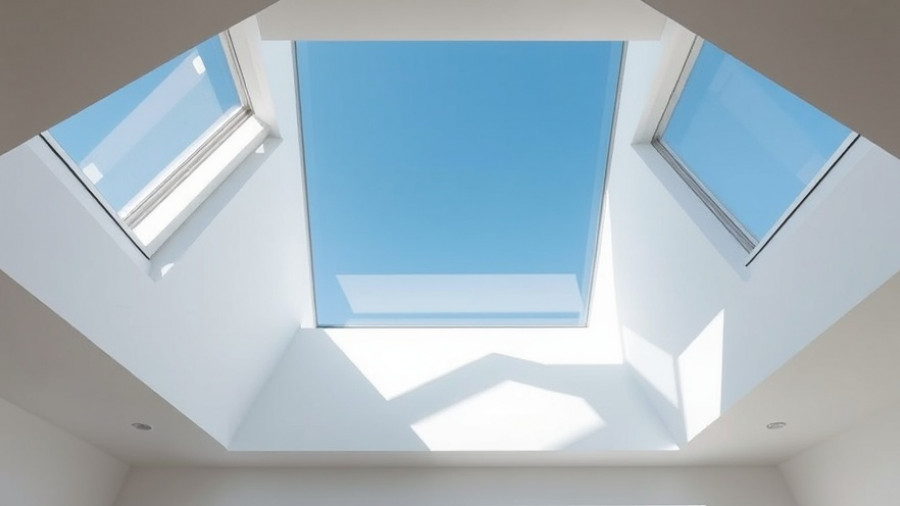
Transform Your Bathroom Without Breaking the Bank
If you're a young homeowner in London, navigating the intricacies of home renovation can feel overwhelming, especially when it comes to budgeting. While transforming your bathroom may be at the bottom of your renovation to-do list, it doesn't have to be. With the average cost for a bathroom renovation in London reaching dizzying heights, it's crucial to explore effective ways to get the most bang for your buck without sacrificing style.
Discover the Value in Second-Hand Purchases
One of the most significant ways to cut down on renovation costs is by embracing second-hand or surplus items. This can be a treasure trove for budget-conscious homeowners. Sites like Facebook Marketplace and local auction houses are overflowing with gently used or surplus bathroom supplies that can save you a fortune. For example, display models and B-stock items often come at considerably reduced prices, giving you the opportunity to obtain high-quality fixtures that might otherwise be unattainable.
Imagine finding a freestanding bath originally priced in the thousands now accessible at a fraction of the cost. Not only do second-hand purchases elevate your design, but they can also weave a unique story into your bathroom decor. Vintage sinks may bring character to your space, blending seamlessly with modern fixtures.
Keep Plumbing Costs Down by Making Smart Choices
Moving plumbing in your bathroom can drive costs sky-high due to the need for extensive labor and sometimes unexpected complications. Instead, consider working within your existing layout. Keeping the basic plumbing footprint while swapping out your fixtures, like faucets and showerheads, is a great way to refresh your bathroom while avoiding costly plumbing reworks. It's not only wallet-friendly but also a chance to flex your DIY skills!
Additionally, small changes like updating the mirror can have an incredible impact. A bathroom mirror with built-in lighting not only enhances the ambiance but also adds practical features, particularly in those dim, early mornings.
Don’t Underestimate the Power of Paint
Another budget-friendly way to rejuvenate your space is a simple coat of paint. This can give your bathroom an immediate uplift without significant spending. Consider lighter colors, which can make even compact bathrooms feel more expansive. A fresh paint job combined with second-hand or updated fixtures can create an entirely new atmosphere.
Invest in Energy-Efficient Fixtures for Long-Term Savings
When choosing bathroom fixtures, opt for energy-efficient models. Eco-friendly toilets, low-flow faucets, and energy-saving lighting can dramatically decrease your utility bills. Moreover, these choices resonate with the increasingly eco-conscious homeowners who wish to contribute to a sustainable future.
Your Ideal Bathroom Awaits
The key to a successful bathroom renovation doesn’t solely hinge on the amount spent but rather on creativity and strategic sourcing. By embracing second-hand options, retaining your plumbing layout, and exploring fresh designs through painting and energy-efficient fixtures, you can achieve a stunning bathroom transformation within budget.
With these tips, embarking on your bathroom renovation can become an exciting journey instead of a burdensome expense. Whether you’re looking for a luxurious spa-like retreat or a simple, functional space, your vision can come to life without overspending.
Take Action Today
Are you ready to start crafting your dream bathroom on a budget? Begin today by exploring local marketplaces for the perfect second-hand items and embrace the renovation process as an opportunity for personal expression.
 Add Row
Add Row  Add
Add 




Write A Comment